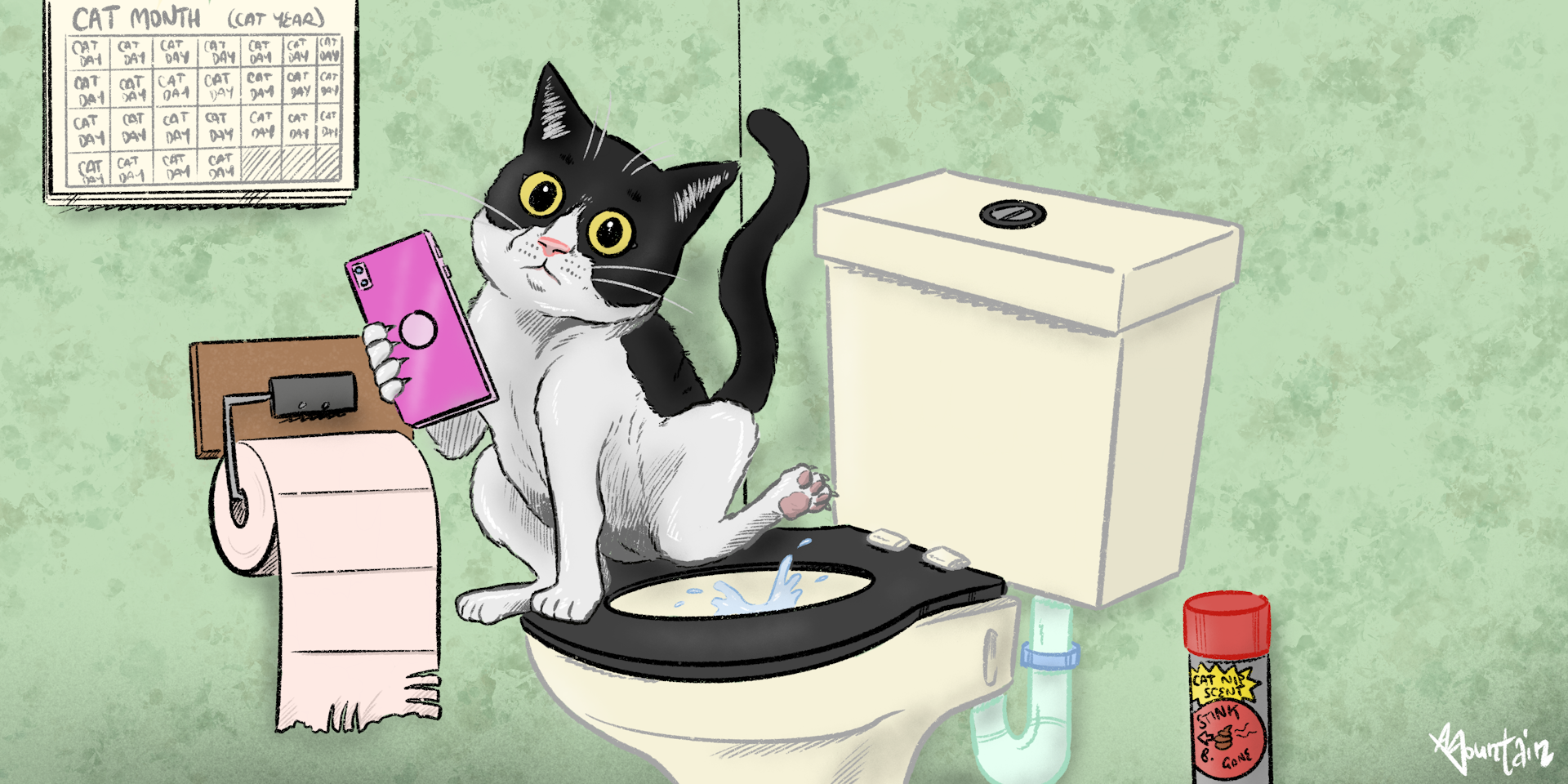How do you feel when it comes to How to Dispose of Cat Poop and Litter Without Plastic Bags?

Intro
As pet cat owners, it's important to bear in mind exactly how we throw away our feline pals' waste. While it may appear hassle-free to flush cat poop down the bathroom, this practice can have damaging effects for both the environment and human wellness.
Alternatives to Flushing
Thankfully, there are safer and a lot more liable ways to throw away cat poop. Take into consideration the following options:
1. Scoop and Dispose in Trash
The most usual technique of dealing with feline poop is to scoop it right into a naturally degradable bag and throw it in the trash. Be sure to make use of a devoted litter inside story and take care of the waste immediately.
2. Use Biodegradable Litter
Choose naturally degradable pet cat litter made from materials such as corn or wheat. These litters are environmentally friendly and can be safely taken care of in the garbage.
3. Bury in the Yard
If you have a backyard, take into consideration hiding feline waste in an assigned location away from veggie yards and water resources. Make certain to dig deep enough to avoid contamination of groundwater.
4. Set Up a Pet Waste Disposal System
Purchase a pet dog waste disposal system especially developed for feline waste. These systems utilize enzymes to break down the waste, lowering odor and environmental impact.
Health and wellness Risks
Along with ecological problems, purging pet cat waste can additionally pose health risks to human beings. Feline feces may include Toxoplasma gondii, a parasite that can create toxoplasmosis-- a possibly serious disease, particularly for expectant ladies and people with damaged body immune systems.
Ecological Impact
Flushing cat poop introduces dangerous pathogens and parasites into the water system, positioning a considerable risk to water ecological communities. These contaminants can adversely affect marine life and concession water high quality.
Conclusion
Liable animal possession prolongs beyond supplying food and shelter-- it additionally includes correct waste administration. By avoiding flushing feline poop down the toilet and selecting different disposal techniques, we can reduce our ecological footprint and protect human wellness.
Why Can’t I Flush Cat Poop?
It Spreads a Parasite
Cats are frequently infected with a parasite called toxoplasma gondii. The parasite causes an infection called toxoplasmosis. It is usually harmless to cats. The parasite only uses cat poop as a host for its eggs. Otherwise, the cat’s immune system usually keeps the infection at low enough levels to maintain its own health. But it does not stop the develop of eggs. These eggs are tiny and surprisingly tough. They may survive for a year before they begin to grow. But that’s the problem.
Our wastewater system is not designed to deal with toxoplasmosis eggs. Instead, most eggs will flush from your toilet into sewers and wastewater management plants. After the sewage is treated for many other harmful things in it, it is typically released into local rivers, lakes, or oceans. Here, the toxoplasmosis eggs can find new hosts, including starfish, crabs, otters, and many other wildlife. For many, this is a significant risk to their health. Toxoplasmosis can also end up infecting water sources that are important for agriculture, which means our deer, pigs, and sheep can get infected too.
Is There Risk to Humans?
There can be a risk to human life from flushing cat poop down the toilet. If you do so, the parasites from your cat’s poop can end up in shellfish, game animals, or livestock. If this meat is then served raw or undercooked, the people who eat it can get sick.
In fact, according to the CDC, 40 million people in the United States are infected with toxoplasma gondii. They get it from exposure to infected seafood, or from some kind of cat poop contamination, like drinking from a stream that is contaminated or touching anything that has come into contact with cat poop. That includes just cleaning a cat litter box.
Most people who get infected with these parasites will not develop any symptoms. However, for pregnant women or for those with compromised immune systems, the parasite can cause severe health problems.
How to Handle Cat Poop
The best way to handle cat poop is actually to clean the box more often. The eggs that the parasite sheds will not become active until one to five days after the cat poops. That means that if you clean daily, you’re much less likely to come into direct contact with infectious eggs.
That said, always dispose of cat poop in the garbage and not down the toilet. Wash your hands before and after you clean the litter box, and bring the bag of poop right outside to your garbage bins.
https://trenchlesssolutionsusa.com/why-cant-i-flush-cat-poop/

I'm just very serious about Can You Flush Cat Poo or Litter Down the Toilet? and I'm hoping you liked the new piece. Sharing is caring. One never knows, you will be helping someone out. Thank you so much for your time invested reading it.
Visit Site
 Scott Baio Then & Now!
Scott Baio Then & Now! Kelly McGillis Then & Now!
Kelly McGillis Then & Now! Jennifer Love Hewitt Then & Now!
Jennifer Love Hewitt Then & Now! Richard Thomas Then & Now!
Richard Thomas Then & Now! Stephen Hawking Then & Now!
Stephen Hawking Then & Now!